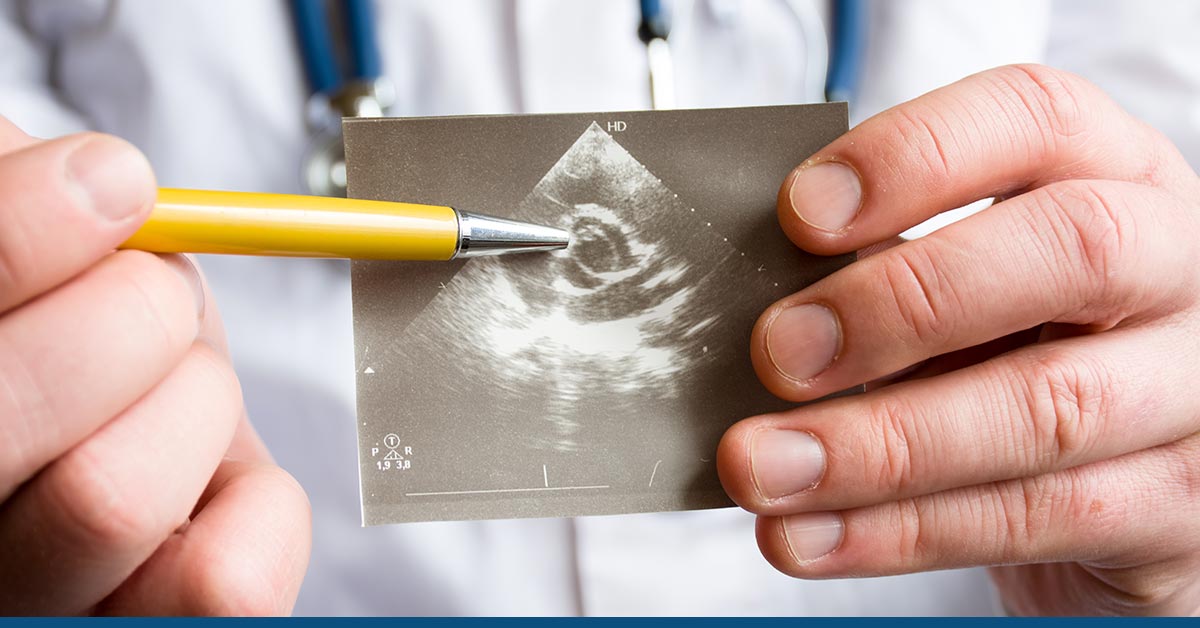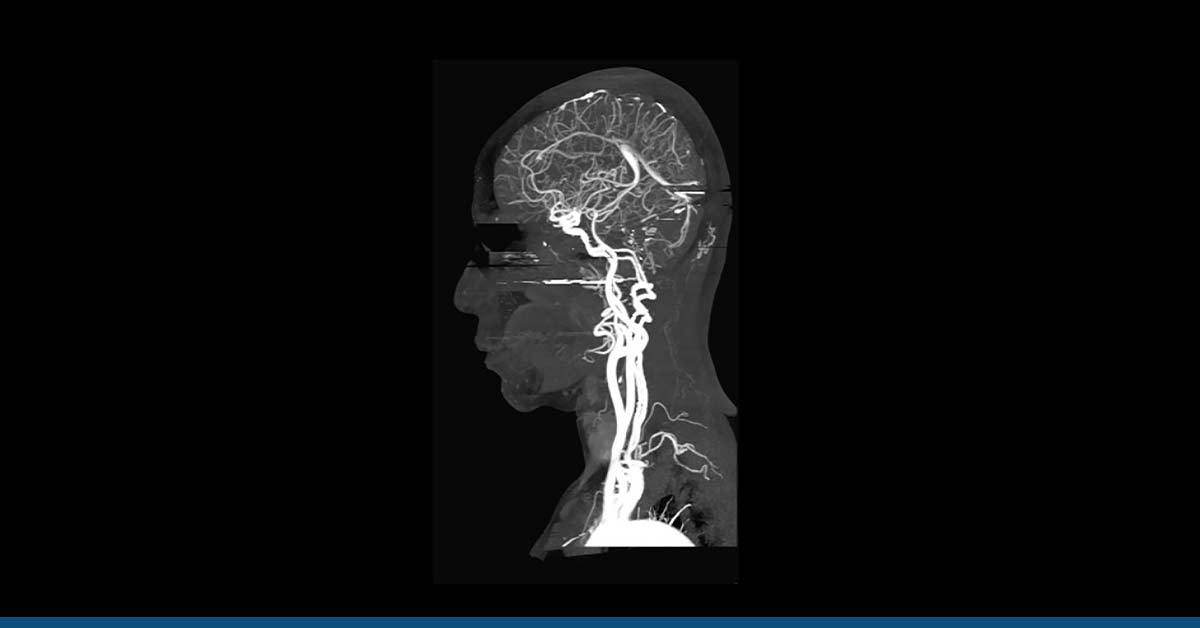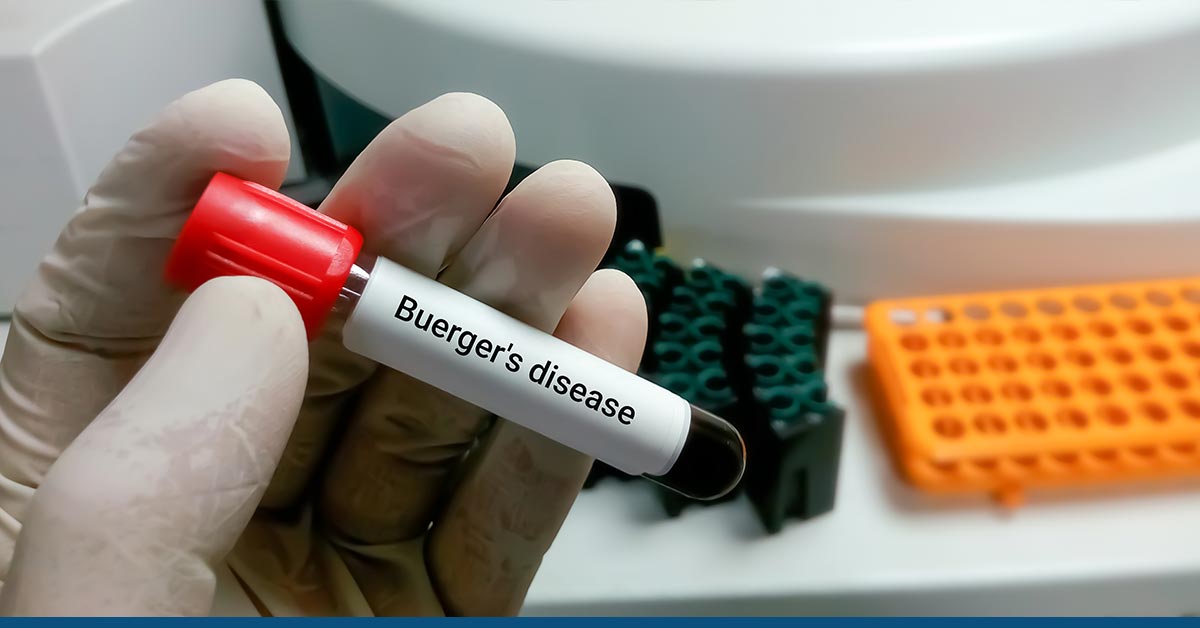Aortitis is a condition that occurs due to an inflamed aorta. The largest and main artery in your body, the aorta, has branches that supply blood to every organ and tissue in your body.
Aortitis is one potential symptom of vasculitis, or blood vessel inflammation, as the aorta is a blood artery.
Aortitis can develop on its own or in conjunction with other blood vessel infections (systemic vasculitis). Systemic vasculitis comes in numerous varieties.
Medical professionals recognize these based on different characteristics and the blood vessels the ailment affects.
Aortitis may cause your aorta to narrow or enlarge, leading to an aortic aneurysm (aortic stenosis). Because the aorta is your body’s largest handler of oxygen-rich blood that goes to your body, these can be fatal.
Table of Contents
ToggleRheumatoid Aortitis
The synovial joints are most affected by the systemic autoimmune inflammatory condition known as rheumatoid arthritis (RA). This rare and underappreciated link of rheumatoid arthritis-associated aortitis exists between rheumatoid vasculitis and rheumatoid aortitis.
Aortitis Causes
Researchers are not aware of the exact cause of aortitis yet. Vasculitis is categorized as an autoimmune disorder, which is a condition that develops when the body’s defensive mechanisms erroneously target healthy tissue. The known causes of aortitis are divided into three categories, as mentioned below:
1. Infectious
Among the infections linked to aortitis are syphilis, salmonella, tuberculosis, Rocky Mountain spotted fever, herpes virus, hepatitis B, and hepatitis C.
2. Non-infectious
It is caused by an underlying inflammatory problem that affects the connective tissue, muscles, and joints and is referred to as a rheumatic disease.
This group includes several types of vasculitis, such as giant cell arteritis (GCA), Takayasu’s arteritis, Behcet’s syndrome, and Cogan’s syndrome. Systemic lupus erythematosus, rheumatoid arthritis, ankylosing spondylitis, sarcoidosis, and other inflammatory diseases can also impact the aorta.
3. Isolated
This type is an aortic inflammatory disease without a known underlying etiology.
Aortitis Symptoms
The underlying inflammation determines the aortitis symptoms. However, there may be no aortitis symptoms in the early stages. Sometimes the inflamed aorta is only identified during an aneurysm operation. The aortitis symptoms include:
- Back pain
- Stomach pain
- Chest pain
- Headaches
- Shortness of breath
- Blurred vision
- Fever
- Pain in limbs
- Swelling in lungs
- Weight loss
- Loss of appetite
- Decreased energy
- Body imbalance
- Night sweats
- Joint pain
Aortitis Diagnosis
Your doctor will evaluate several variables when diagnosing aortitis, including a thorough medical history, physical exam, laboratory testing, and specialized imaging scans.
A physical examination may indicate diminished or absent pulses in the wrists or ankles, aberrant blood pressure readings, abnormal heart sounds and noises across the major arteries, and anomalies (discrepancies) in blood pressure.
The type of treatment required for aortitis depends on the reason for the inflamed aorta. Thus, figuring out the cause is crucial.
For instance, immunosuppressive drugs commonly used to treat vasculitis are inappropriate for treating infection-related aortitis because they can worsen an ongoing infection. Eliminating illnesses or situations that can also produce aortic inflammation and exhibit symptoms similar to those of isolated aortitis is necessary for making the diagnosis.
The following diagnostic tests may be prescribed depending on the organs involved:
Blood tests: To determine if there are any abnormal amounts of proteins and antibodies in the blood, which may point to an infection or inflammation. Erythrocyte sedimentation rate (ESR/sed rate) and C-reactive protein (CRP) are frequently high in individuals with inflammation.
Imaging tests: Echocardiograms are imaging exams that use ultrasound waves to look at the heart. Computed tomographic angiography (CTA) and magnetic resonance angiography (MRA) are other techniques that can detect aortic anomalies, including aneurysms or artery constriction. Rarely is a dye-based angiography required for diagnosis.
Tissue biopsy: In a biopsy, tissue from a damaged vascular is surgically removed, submitted to a lab, and examined for indicators of inflammation. The aorta cannot be biopsied unless a surgical operation is required to treat an aortic aneurysm.
Aortitis imaging tests could consist of the following:
- Echocardiogram
- Echocardiography transesophageal.
- Belly ultrasound.
- Digital tomography (CT).
- Imaging with magnetic resonance (MRI).
- CT with positron emission (PET).
Blood testing could consist of the following:
- Rate of sedimentation of erythrocytes.
- Protein C-reactive.
- Blood counts.
- Chemistry tests for the liver and kidneys.
- Additional blood tests may be required to check for systemic vasculitis, other inflammatory disorders, or infection.
Aortitis Treatment
The cause of the inflamed aorta determines the course of treatment for aortitis. Even though infected aortitis is uncommon, it can be fatal and must be treated with the proper medicines, which are occasionally administered intravenously.
Treatment for isolated aortitis, aortitis linked to autoimmune diseases, or systemic vasculitis focuses on reducing inflammation, generally with corticosteroids like prednisone.
Immunosuppressive medications such as methotrexate, azathioprine, mycophenolate mofetil, and cyclophosphamide may be used as additional therapies.
It is possible to recommend biological medications like infliximab or rituximab. Complex proteins generated from live organisms are the basis of natural drugs. To reduce inflammation, they concentrate on particular immune system components.
Aneurysms can sometimes be treated surgically, as can obstructed arteries. Medication or surgery may be used to treat aortitis. When making treatment options, providers consider the following:
- Which area of your aorta is affected by the problem.
- How severe is the aortitis causes this narrowing or aneurysm?
- Whether a related illness or another underlying cause exists.
- Whether other blood vessels are being affected.
If your provider detected and eliminated the isolated focal aortitis during aortic surgery and there is no underlying disease, you might not need treatment. Continuous monitoring is still crucial to ensure that no new features emerge that would call for a different strategy.
Conclusion
The inflamed aorta, aka aortitis, is caused by infection, rheumatoid aortitis, Takayasu arteritis, and giant cell arteritis. This potentially fatal illness is treated with both medication and surgery. It’s ideal if your doctor can detect your aortitis early.
HG Analytics is a unique platform helping individuals address their health issues through data-driven healthcare management.
Our mission is to turn your data into better healthcare solutions with our prevention, prediction, and screening tools.
If you or a loved one is showing possible signs and symptoms of aortitis, you should schedule an appointment as soon as possible with HG Analytics. And with proper treatment, you’ll quickly see significant improvements. So, get started today!





